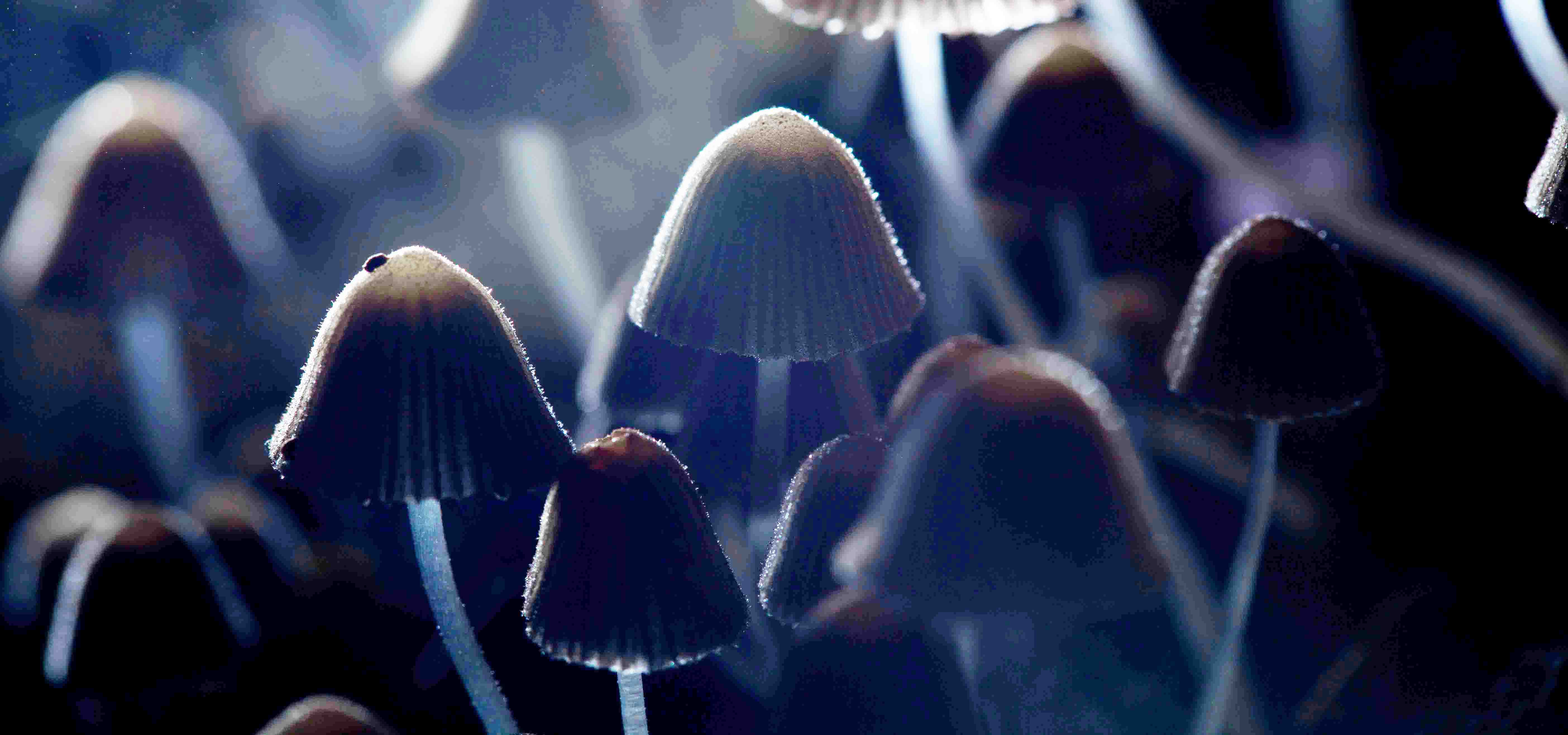Analysis of Spent Mushroom Compost

Background
Spent mushroom compost (SMC) is the substrate remaining after mushroom production, with approximately 5 kg of SMC produced for each kg of mushrooms. Mushroom compost is a mixture of 60 to 70% straw, 28 to 34% poultry litter, and 2 to 4.5% gypsum. It is made in a series of stages, termed phases. In the first phase the components (e.g. straw, litter, gypsum) are mixed and then placed in long windrows for a period of up to 2 weeks with the resulting product being termed Phase I compost. The second phase takes up to 18 days and takes place indoors in plastic tunnels that allow for the environment to be controlled so that any unwanted organisms or diseases in the compost can be controlled. Once the compost is of a quality suitable for mushroom production the compost is mixed with spawn, a monoculture of mushroom mycelium on grain. This compost is termed Phase II. Phase III involves the spawning and growth of the mycelium and takes place under controlled conditions. It is considered complete when the mycelia have fully colonised the compost.Mushroom producers either receive Phase II or Phase III composts. Once the compost is fully colonised mushroom production involves placing a casing layer of peat on top of the compost. This layer promotes the formation of promordia; mushroom pins. Approximately three weeks after this point the first crop (first flush) of mushrooms can be harvested. The compost can then be rewet allowing for the harvesting of subsequent flushes at approximately 7 day intervals. Typically up to three flushes are harvested from each compost shipment. The remaining material is known as SMC and can sometimes be sterilised (cooked out) by heating for 12 hours at 70 degrees Celsius.
The overall composition of SMC will vary according to the time of year, the amount of peat casing put on by the grower, the compost manufacturers, and the amount of water added to the mushroom by the grower. The chemical composition of the ultimate spent material will be significantly different from the composite of the materials that make up the mushroom compost and casing layer, however, due to the effects of the composting process and mushroom growth.
Analysis of Spent Mushroom Compost at Celignis
Celignis Analytical can determine the following properties of Spent Mushroom Compost samples:
Sugars (Monosaccharides)
Sugar Alcohols and Uronic Acids
Lignin and Extractives
- Lignin (Klason)
- Lignin (Klason - Protein Corrected)
- Lignin (Acid Soluble)
- Acid Insoluble Residue
- Extractives (Ethanol-Soluble)
- Extractives (Water-Soluble)
- Extractives (Exhaustive - Water then Ethanol)
- Lignin S/G Ratio
- Extractives (Water-Insoluble, Ethanol Soluble)
- Protein Content of Acid Insoluble Residue
- Carbon Content of Acid Insoluble Residue
- Hydrogen Content of Acid Insoluble Residue
- Nitrogen Content of Acid Insoluble Residue
- Sulphur Content of Acid Insoluble Residue
Amino
Acids
Thermal Properties
- Moisture
- Ash
- Ash (Acid Insoluble)
- Carbon
- Hydrogen
- Nitrogen
- Sulphur
- Oxygen
- Volatile Matter
- Fixed Carbon
- Gross Calorific Value
- Net Calorific Value
- Chlorine
- Ash Shrinkage Starting Temperature (Oxidising)
- Ash Deformation Temperature (Oxidising)
- Ash Hemisphere Temperature (Oxidising)
- Ash Flow Temperature (Oxidising)
- Ash Shrinkage Starting Temperature (Reducing)
- Ash Deformation Temperature (Reducing)
- Ash Hemisphere Temperature (Reducing)
- Ash Flow Temperature (Reducing)
- Thernogram - Under Nitrogen
- Thermogram - Under Air
Major and Minor Elements
Cellulose Content of Spent Mushroom Compost
Celignis founder Daniel Hayes has extensive experience in the collection, preparation, and chemical/infrared analysis of mushroom composts and spent mushroom composts. He has carried out a research project, funded by the Irish Environmental Protection Agency, that involved the analysis of a number of samples. These samples covered the various stages of production of mushroom compost as well as spent mushroom composts produced in different greenhouses under different numbers of flushes.Typically the cellulose content of spent mushroom compost is higher than the hemicellulose content but lower than the lignin content.
Click here to see the Celignis Analysis Packages that determine cellulose content.
Hemicellulose Content of Spent Mushroom Compost
Xylose is the principal hemicellulose sugar in most spent mushroom composts. However the ratios of the different sugars can vary substantially according to the stage of mushroom production. Therefore, specific analysis of the sample in question is recommended.Click here to see the Celignis Analysis Packages that determine hemicellulose content.
Lignin Content of Spent Mushroom Compost
The lignin content of spent mushroom composts can be significant and can also vary greatly depending on the biomass that was used to make the compost and on the conditions used for mushroom growth.Click here to see the Celignis Analysis Packages that determine lignin content.
Starch Content of Spent Mushroom Compost
The starch content of spent mushroom compost is typically low as starch will have been utilised by the mushrooms.Click here to see the Celignis Analysis Packages that determine starch content.
Uronic Acid Content of Spent Mushroom Compost
Uronic acids are present in the straws that are typically used to generate mushroom compost, however we are not aware of any studies to date on the fate of these uronic acids during the composting process and post mushroom production.Click here to read more about uronic acids and to see the Celignis Analysis Packages that determine uronic acid content.
Enzymatic Hydrolysis of Spent Mushroom Compost
We can undertake tests involving the enzymatic hydrolysis of Spent Mushroom Compost. In these experiments we can either use a commercial enzyme mix or you can supply your own enzymes.We also offer analysis packages that compare the enzymatic hydrolysis of a pre-treated sample with that of the native original material.
Click here to read more about enzymatic hydrolysis and to see the various analysis packages that we offer.
Ash Content of Spent Mushroom Compost
Ash content of spent mushroom compost can be high and can also vary significantly.Click here to see the Celignis Analysis Packages that determine ash content.
Heating (Calorific) Value of Spent Mushroom Compost
The heating value of spent mushroom compost is often quite low due to the high moisture and ash contents of the feedstock. Despite this, however, there has been commercial interest in the utilisation of spent mushroom compost in energy/power generation facilities. This is primarily due to its very low cost. Indeed spent mushroom compost can often be obtained for a gate fee.Click here to see the Celignis Analysis Packages that determine heating value.
Biomethane Potential (BMP) of Spent Mushroom Compost
Given that spent mushroom compost has high ash and lignin contents, it is not considered to be a good feedstock for anaerobic digestion. The matter is made worse by the low contents of labile sugars (e.g. water soluble carbohydrates) and relatively small amounts of cellulose and hemicellulose in the feedstock. Hence, even when expressed on a non-lignin volatile solids basis, the biochemical methane potential (BMP) is likely to be low.Click here to see the Celignis Analysis Packages that determine the biomethane potential (BMP) and here to read more about anaerobic digestion and the most important analytes for this process.
Bulk Density of Spent Mushroom Compost
At Celignis we can determine the bulk density of biomass samples, including Spent Mushroom Compost, according to ISO standard 17828 (2015). This method requires the biomass to be in an appropriate form (chips or powder) for density determination.Click here to see the Celignis Analysis Packages that determine bulk density.
Basic Density of Spent Mushroom Compost
At Celignis we can determine the basic density of some suitable biomass samples. The method requires the biomass to be in an appropriate form (chips) for density determination.Click here to see the Celignis Analysis Packages that determine basic density.
| Previous Feedstock | Next Feedstock |
Go Back to List of Feedstocks.
Energy
Crops
Agricultural Residues and Wastes
Industrial Residues and Wastes
Municipal
Wastes
Biorefinery
Products






